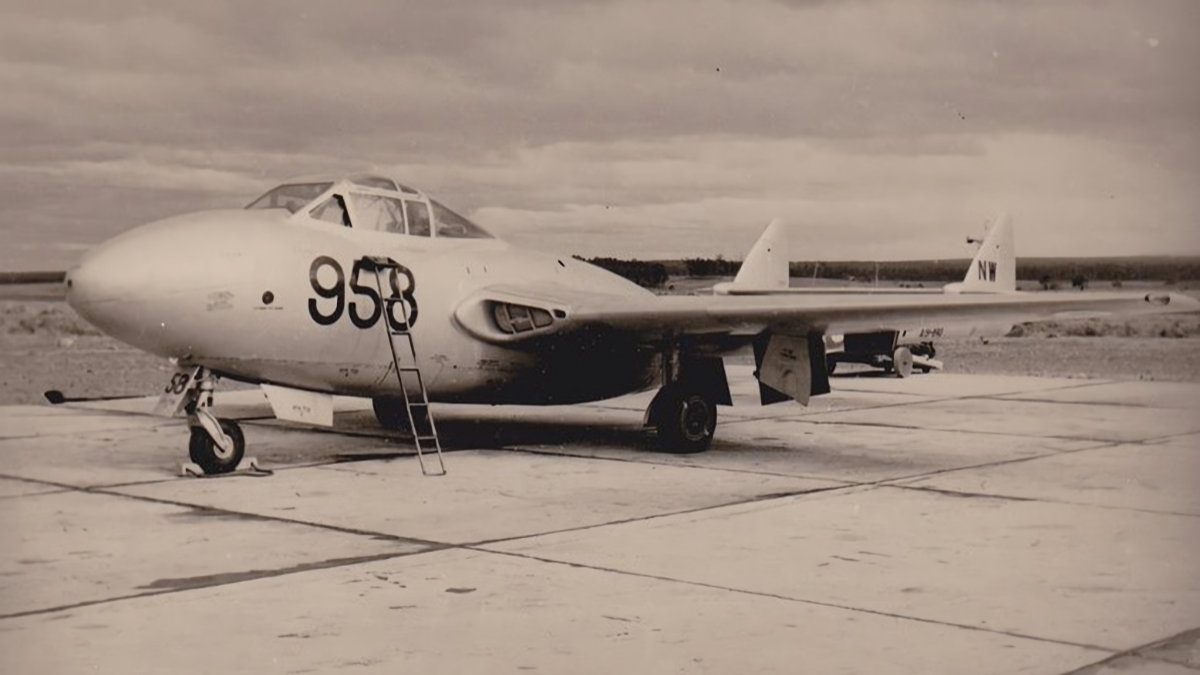Tag: jet
-
CA-27 Sabre

CAC CA-27 Sabre CA-27 Sabre an Australian built version of the North American F-86 Sabre. Operated by the RAAF and later the Indonesian and Malaysian Air Forces. Fighter World Williamtown Wings Over Illawarra 2018 HARS Aviation Museum CAC CA-27 Sabre A94-901 Temora Aviation Museum RAAF Williamtown Airshow 2010 Classic Jets Fighter Museum Parafield Airport The… Read more
-
de Havilland Sea Vampire

de Havilland Sea Vampire With the development of jet aircraft, the Royal Navy was keen to evaluate their suitability for operation from aircraft carriers. As a result, the third de Havilland Vampire prototype LZ551/G was modified with 40% extra flaps, long travel oleos and an arrestor hook to become prototype Sea Vampire F.10. This aircraft… Read more
-
de Havilland Sea Vampire in Australian Service

de Havilland Sea Vampire in Australian Service In preparation for the arrival of the de Havilland Sea Venom, the Royal Australian Navy required an aircraft to enable pilots to transition from the Hawker Sea Fury. With de Havilland Australia already producing the Vampire T.33 for the RAAF, the RAN ordered five Sea Vampire T.34 trainers.… Read more